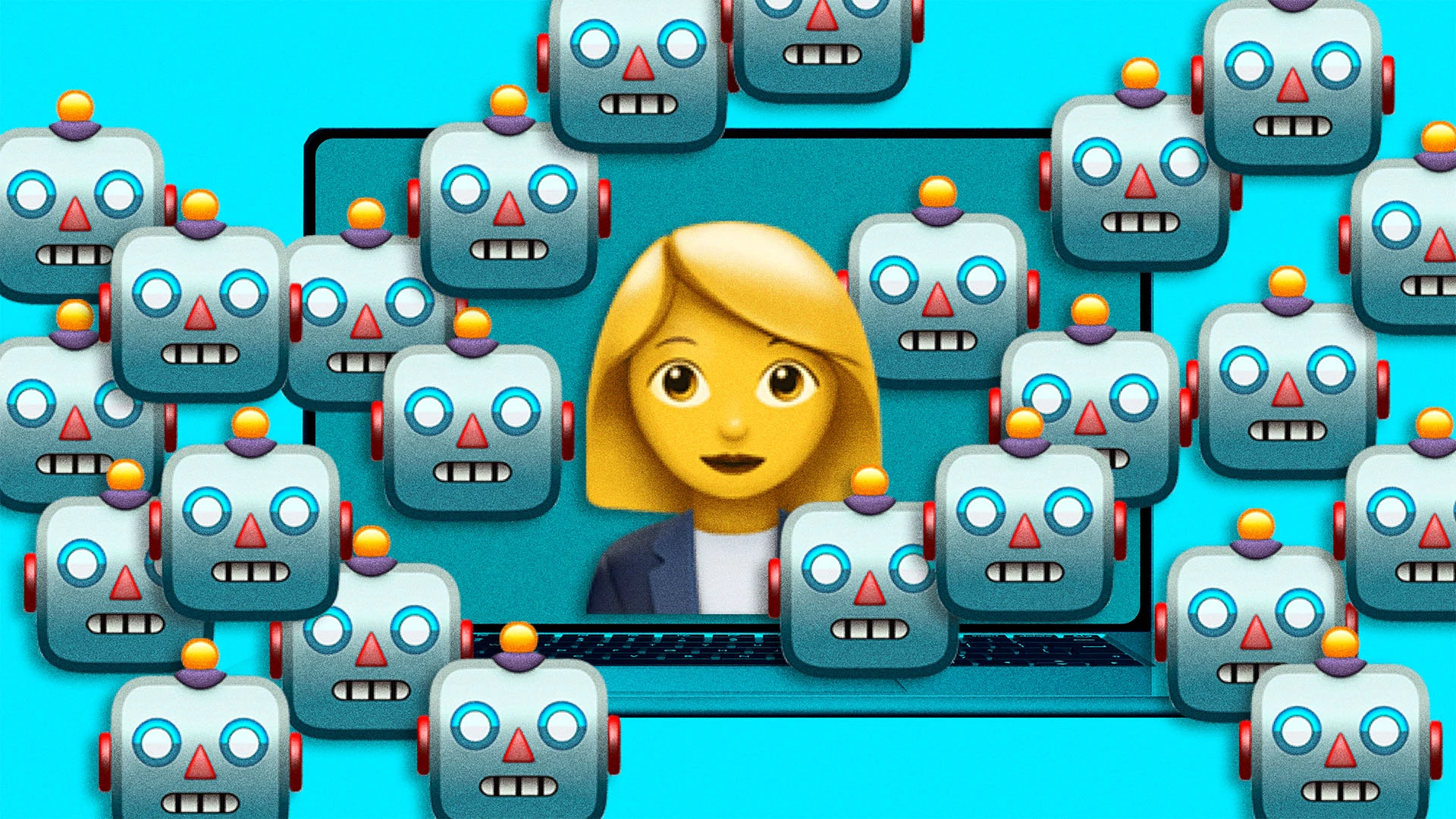Copyright Inc. Magazine

Even as reports say more powerful AI systems are hitting the market, and companies are rushing to embrace them, there’s a growing awareness that training and skill levels among workers aren’t matching the same pace. Now a new study has shown how much AI is impacting the hiring process—but not in the way you might expect (the old “AI is stealing jobs” narrative). Instead the study looks at the kinds of tools that people are using to help them get hired in the first place, and also the differing skill levels that candidates need to have to be attractive nowadays. Though AI is still brand new, the data show there’s already some changing expectations about what “good” AI use means. Led by Murugan Anandarajan, an assistant professor of management information systems at Pennsylvania’s Drexel University, the research uncovered that over half the 550 U.S. organizations surveyed said AI is involved in daily decision-making — a stunningly high percentage, given that market leading AI ChatGPT was only released to the public three years ago. Meanwhile, the data also show that only 38 percent of the leaders of these companies feel their employees are “fully” prepared to use the tech. As Anandarajan put it in a report at science news site Phys.org, this gap between expectation, deployment and practical AI use is “reshaping today’s job market” not because the buzzy tech isn’t replacing workers (since it definitely is,) but because it’s also “revealing who’s ready to work alongside it.” There’s a contradiction in the data too, Anandarajan notes: the research shows that while many companies are already relying on AI internally in ways that are likely shaping their business growth, just 27 percent of recruiters are comfortable with job candidates using AI tools to help them shape their resumes or in negotiating salaries. Featured Video An Inc.com Featured Presentation Essentially there’s a disconnect in trust. Companies are relying on AI tools for critical processes, but are dubious when job candidates use them to help advance their careers—even though this is essentially demonstrating that they already have certain AI skills. This distrust likely permeates through company culture in subtle ways, beyond the HR department, so that, as Anandarajan says, even skilled employees will get muddled messages about what “responsible AI use” actually means. The data also shows that many companies hadn’t updated their hiring requirements, so they’re telling job applicants that they’re looking for certain degrees or training, but actually they should be hiring for fluency in AI tool use. Meanwhile inside companies there’s a sense that the tech is moving faster than most workers can adapt, meaning there’s a pressing need for ongoing AI training—the process managers call reskilling. This is echoed in other new data, from Utah-based staffing company Express Employment Professional and Harris Poll, which found that 72 percent of the hiring managers surveyed said that their company was indeed using AI tools (up from last year’s figure by 6 percentage points) but that their firms lack the resources to train workers to use these same tools effectively. The data also show that more companies are using AI more frequently than last year (34 percent say they regularly use AI compared to 25 percent last year) and that 76 percent of hiring decision-makers feel workers need to be trained on AI for the good of the company, HRDive notes. Combined, these results show expanding use of AI by more companies, and a widening gap between adoption and worker education—a situation that’s only going to get worse if companies don’t set aside a budget for ongoing AI training. What lessons are in this data for your company? Firstly, you may need to speak to your recruitment team about the education and expertise requirements that you’re asking for next to open job ads—if you’re not looking for AI fluency, then you may want to think about adding it. You may also want to refine your company’s AI use policies, so that all your staff know what you deem to be acceptable, or “good” AI use. This may apply inside your company and also possibly among job applicants. Lastly it’s almost certainly time to address AI training inside your firm: Anandarajan’s data suggests that your workers aren’t as capable of using AI tools you’ve rolled out as you may have hoped. This means that you’re missing out on efficiency gains from the tech. AI training is also going to be an ongoing process, the Harris Poll data suggests, because the cutting edge is advancing so very fast.



